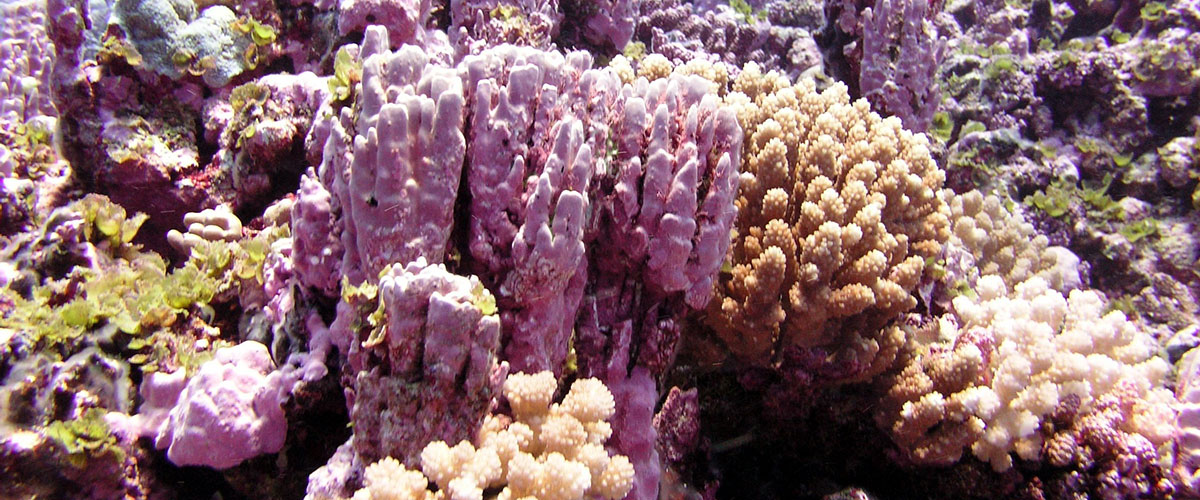Coral Reefs

Coral reefs are some of the most diverse ecosystems in the world. Thousands of species rely on reefs for survival.
Along with their wealth of biological diversity and aesthetic value, coral reefs have substantial economic value. Reef systems serve as barriers protecting many coastal populations and developments from storm damage; they support commercial fisheries; they serve as major tourist attractions; and they hold the possibility of unimagined medicinal compounds in the diverse life forms within them.
As unique and valuable as these ecosystems are, they have become one of the most threatened coastal ecosystems. A recent World Resources Institute report estimates that nearly 60 percent of the world's reefs are threatened by increasing human activity. As human population continues to increase so will the threats to reefs.
Four national marine sanctuaries contain coral reef ecosystems and one a tropical/temperate reef community. The sites range in size from 0.25 square miles to 3,674 square miles and are located in the Atlantic Ocean, Central and South Pacific Ocean, and the Gulf of Mexico. The diversity of locations and reef types makes this system unique and allows for valuable comparisons of reefs from differing biogeographic regions and of differing levels of use.

